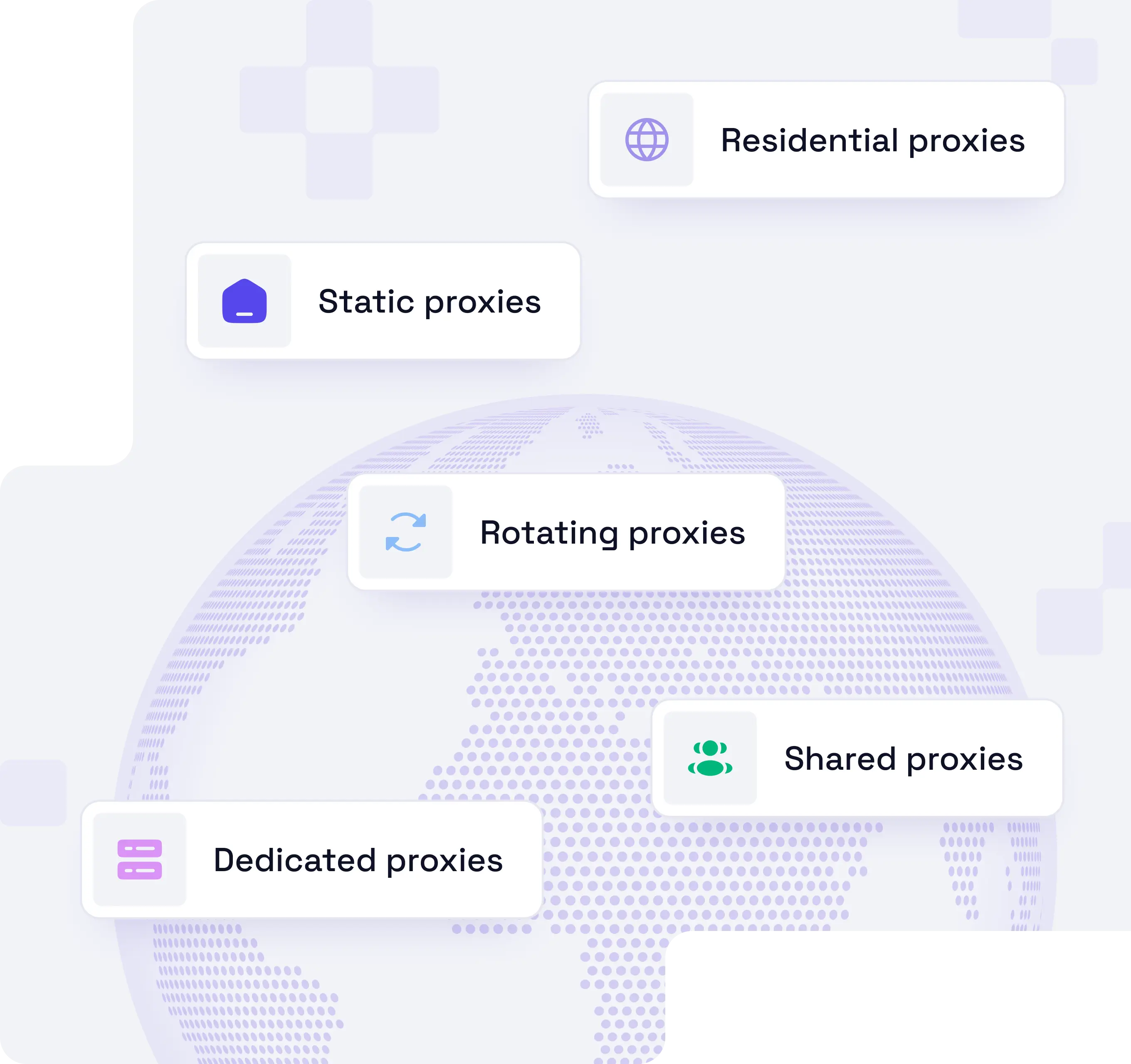What makes Optimum Online proxies ideal for accessing US-based regional content and platforms?
Optimum Online proxies offer users a direct gateway to New York tri-state and surrounding US regions, aligning with the provider’s native network. This geography is crucial when targeting local content, online services, or restricted digital platforms. These proxies ensure requests appear to originate from real users within the Optimum Online footprint, increasing legitimacy and minimizing blocks on platforms such as regional news outlets, local sports streaming services, or e-commerce platforms limited to these locations.
By employing IPs assigned via Optimum Online’s infrastructure, these proxies mimic genuine residential traffic. Many US-centric sites use methods like IP reputation scoring to filter requests, which can lead to bans or CAPTCHAs for users of generic proxies. Optimum Online proxies bridge this gap, reducing bot detection risks and providing consistently high success rates for scraping or automation tasks localized in the US Northeast corridor.
Another advantage stems from targeting campaigns, product launches, and digital ad verification. Brands seeking to evaluate local ads as seen by end users in the New York/New Jersey region benefit from Optimum Online proxies. These proxies help verify that advertisements or listings are rendered correctly and comply with regional standards, crucial for digital marketing and compliance professionals.
They also serve academic researchers, journalists, and data analysts who require native access to region-locked databases, government websites, or real-time event streaming. With native exit nodes, these proxies bypass regional restrictions and deliver faster speeds compared to remote datacenters, resulting in seamless access to time-sensitive or exclusive information streams.
Finally, for individuals seeking personal privacy or to maintain anonymity while browsing US blogs, forums, or media platforms—Optimum Online proxies ensure your digital footprint blends with standard user patterns. This reduces profiling and provides a layer of security sought by privacy-conscious users operating within sensitive contexts.





